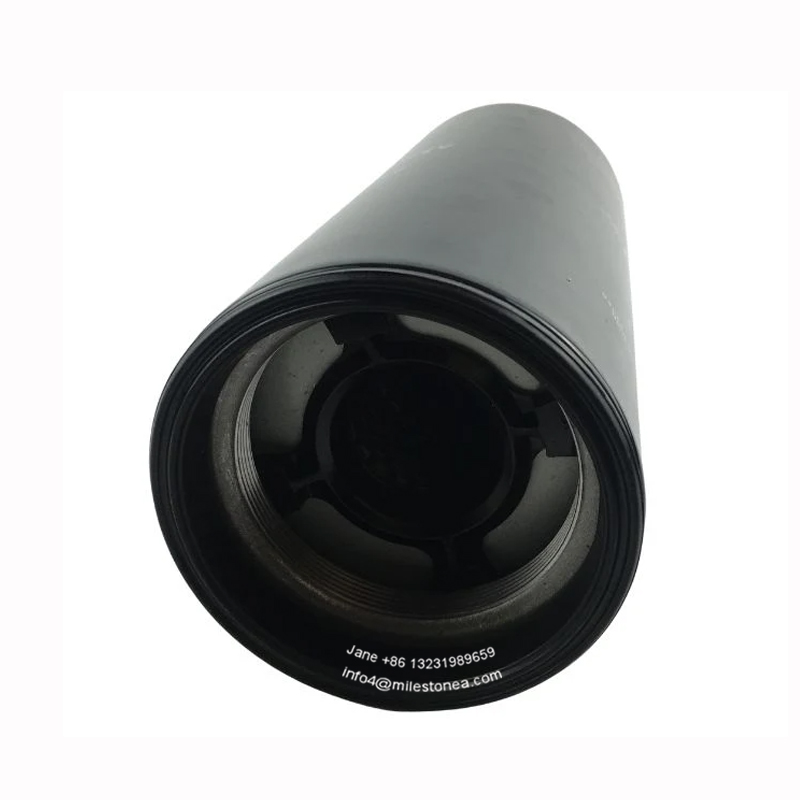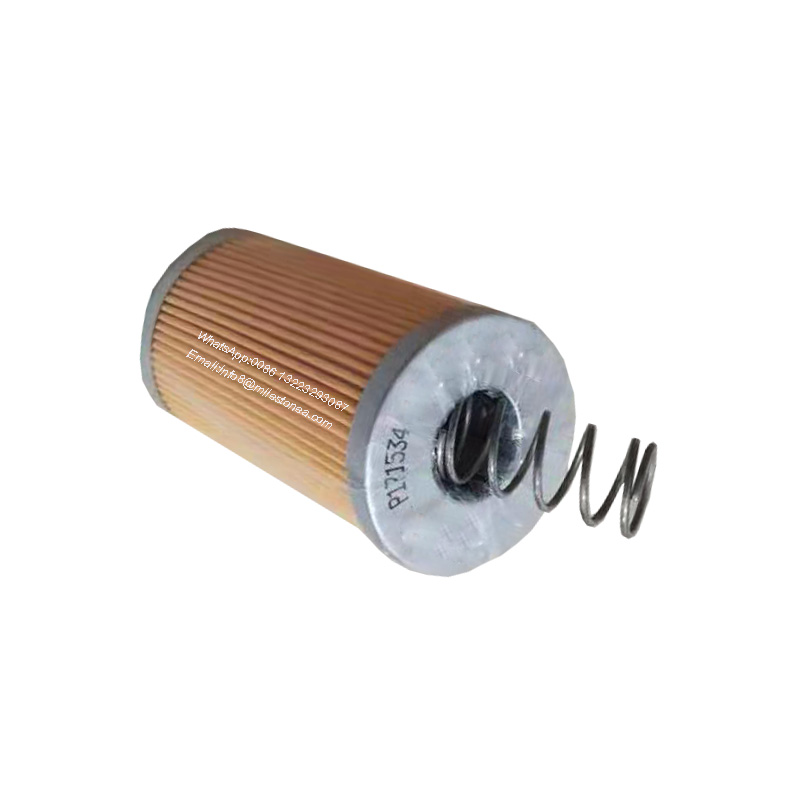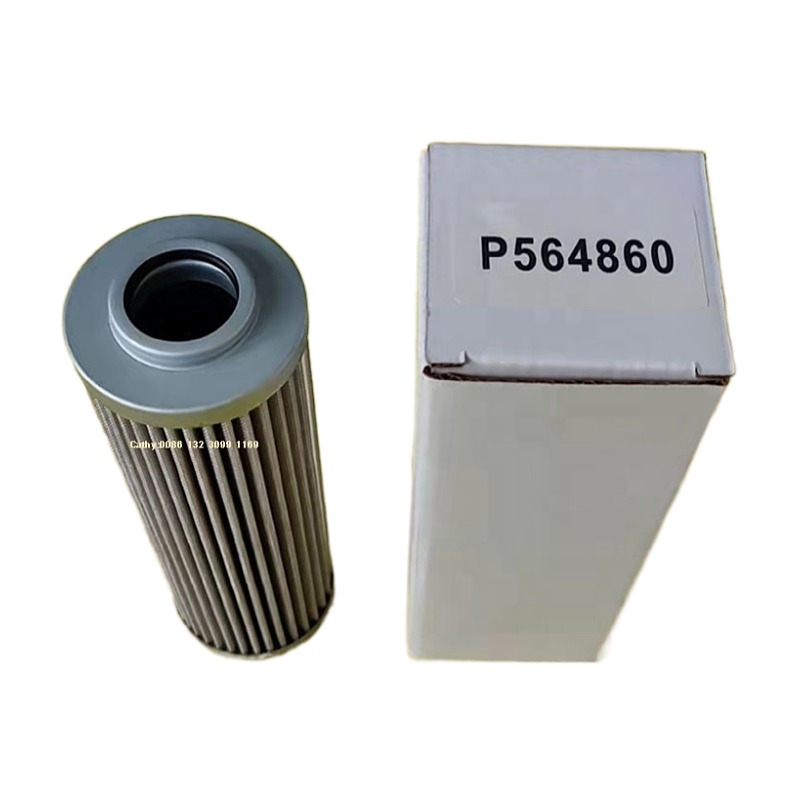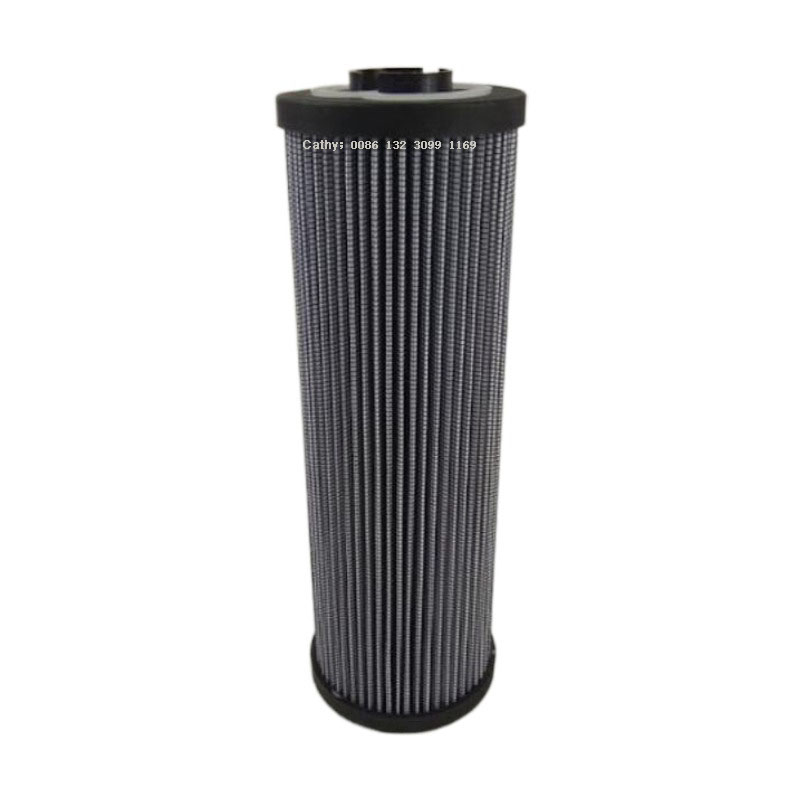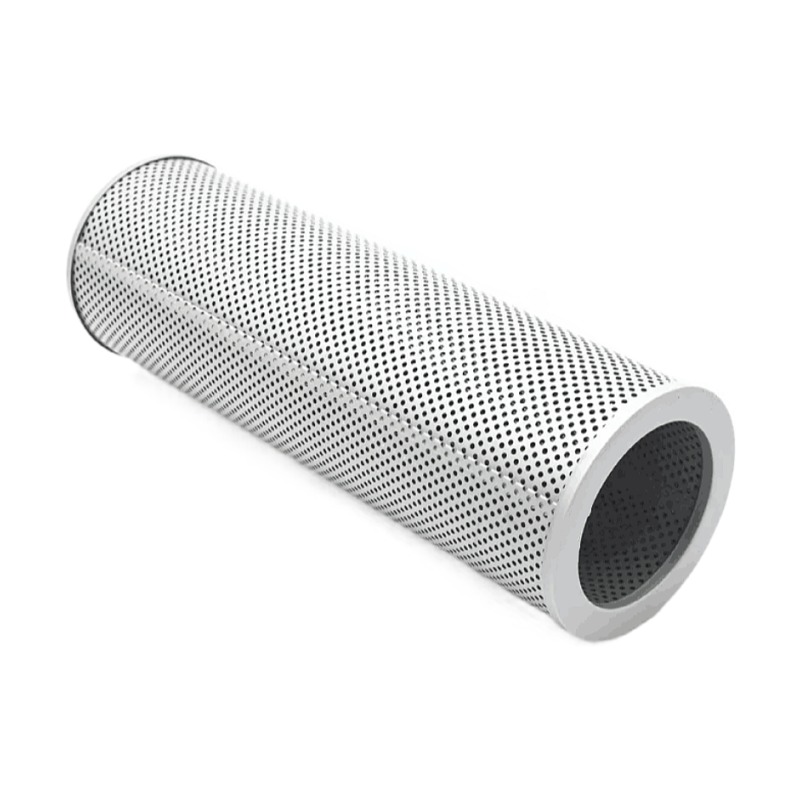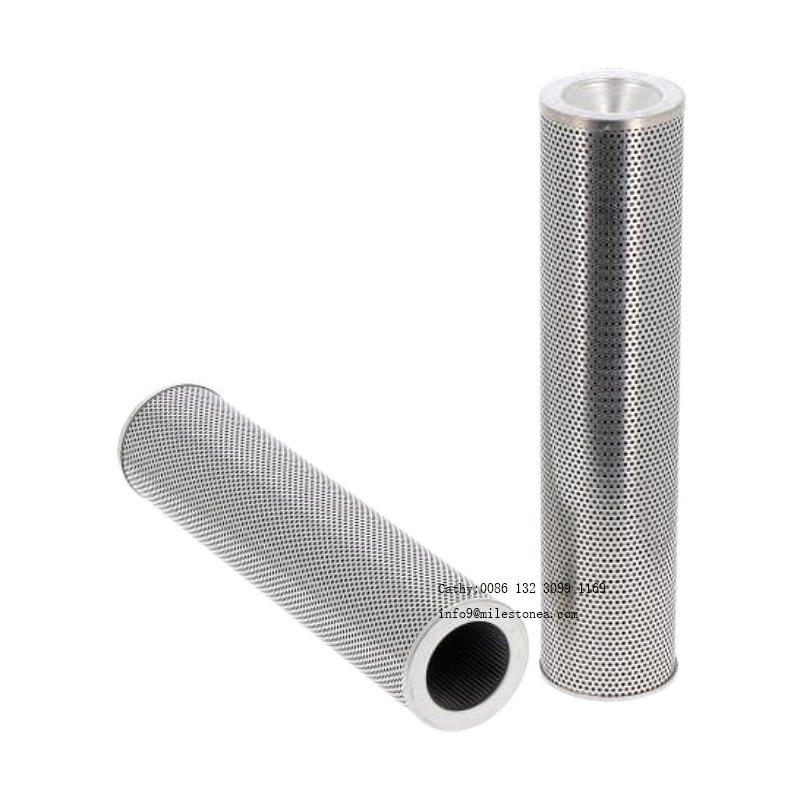Factory direct supply spin-on Hydraulic Filter P574617 for Donaldson
P574617 Hydraulic Filter, spin-on
Description : HYDRAULIC FILTER, SPIN-ON.
Primary Application: JOHN DEERE AT308274.
Stock Type: Stocked
Pack Quantity :1
Beta (Micron): 7 Micron
Length: 297MM.
Outer Diameter : 117MM.
Primary Application : JOHN DEERE AT308274.
Style : Spin-On.
Thread Size: M90 X 2.
P574617 Hydraulic Filter Application:
|
Equipment |
Equipment Type |
Equipment Options |
Engine |
| JOHN DEERE | BACKHOE LOADER | - | JOHN DEERE 4045T |
| JOHN DEERE | BACKHOE LOADER | - | - 310G |
| JOHN DEERE | BACKHOE LOADER | - | JOHN DEERE 4045D |
| JOHN DEERE | BACKHOE LOADER | - | JOHN DEERE 4045T |
| JOHN DEERE | BACKHOE LOADER | - | JOHN DEERE 4045T |
| JOHN DEERE | TRACTOR | 400 SERIES | JOHN DEERE 4045T |
| JOHN DEERE | SKIDDER | - | JOHN DEERE 6068T |
| JOHN DEERE | SKID STEER LOADER | - | JOHN DEERE 6068T |
| JOHN DEERE | GRADER | - | JOHN DEERE 6068H |
| JOHN DEERE | BACKHOE LOADER | - | - 710J |
| JOHN DEERE | GRADER | - | JOHN DEERE 6081H |
When to Change Hydraulic Fluid?
Maintaining the hydraulic fluid in your machine is an important consideration when choosing and extending the life of hydraulic filters. It’s challenging to set an expiration on hydraulic fluid introduced into your system, even under ideal circumstances. Over time even well maintained oil will wear out, however here are a few factors that affect hydraulic fluid and when filter changes are more than likely necessary.
Contamination
Contamination, in the context of having to change your hydraulic fluid, means you have debris in the fluid than the filtration system can reasonably remove. This is usually some sort of particulate contamination event that overruns the system’s onboard filtration. This can also include contaminating situations such as getting water mixed into the fluid (looks cloudy) or mistakenly topping off your hydraulic reservoir with the wrong fluid. It may be possible to salvage your particulate or water contamination situation using some sort of off-line filtration asset.
Heat
This one is simple. If you get your fluid gets too hot, it breaks down. Most of the time you know it got too hot because it becomes darker in color and it doesn’t smell right. It usually doesn’t take the time and expense of a fluid sample analysis to figure this one out. Heat accelerates the condition called oxidative degradation.
Oxidative Degradation and Additive Depletion
This one is a little more complex and will require a fluid analysis to determine. By performing routine fluid analysis a degradation or depletion trend can be spotted before it becomes a mechanical maintenance event.
A hydraulic oil’s oxidative degradation is determined by its Total Acid Number or TAN. As the name implies, this is the absolute measure of the total acid number in the fluid. Over time, oxygen will combine with the hydrocarbon molecules of the oil and a chain reaction occurs. This action results in some obvious conditions like darkened oil, varnishing, and sludge. Some conditions that are not so obvious are increased viscosity, increased foaming, and retained air.
A hydraulic oil’s additive depletion is determined by comparing the used oil’s elemental analysis to the baseline of identical new oil. For example, zinc is an antioxidant and anti-wear additive. Over time it gets depleted, so it’s important to check the concentration of zinc in your current oil to the concentration of zinc in the same new oil.
Contact
Whatsapp / Wechat: 0086 13231989659
Email / Skype: info4@milestonea.com
